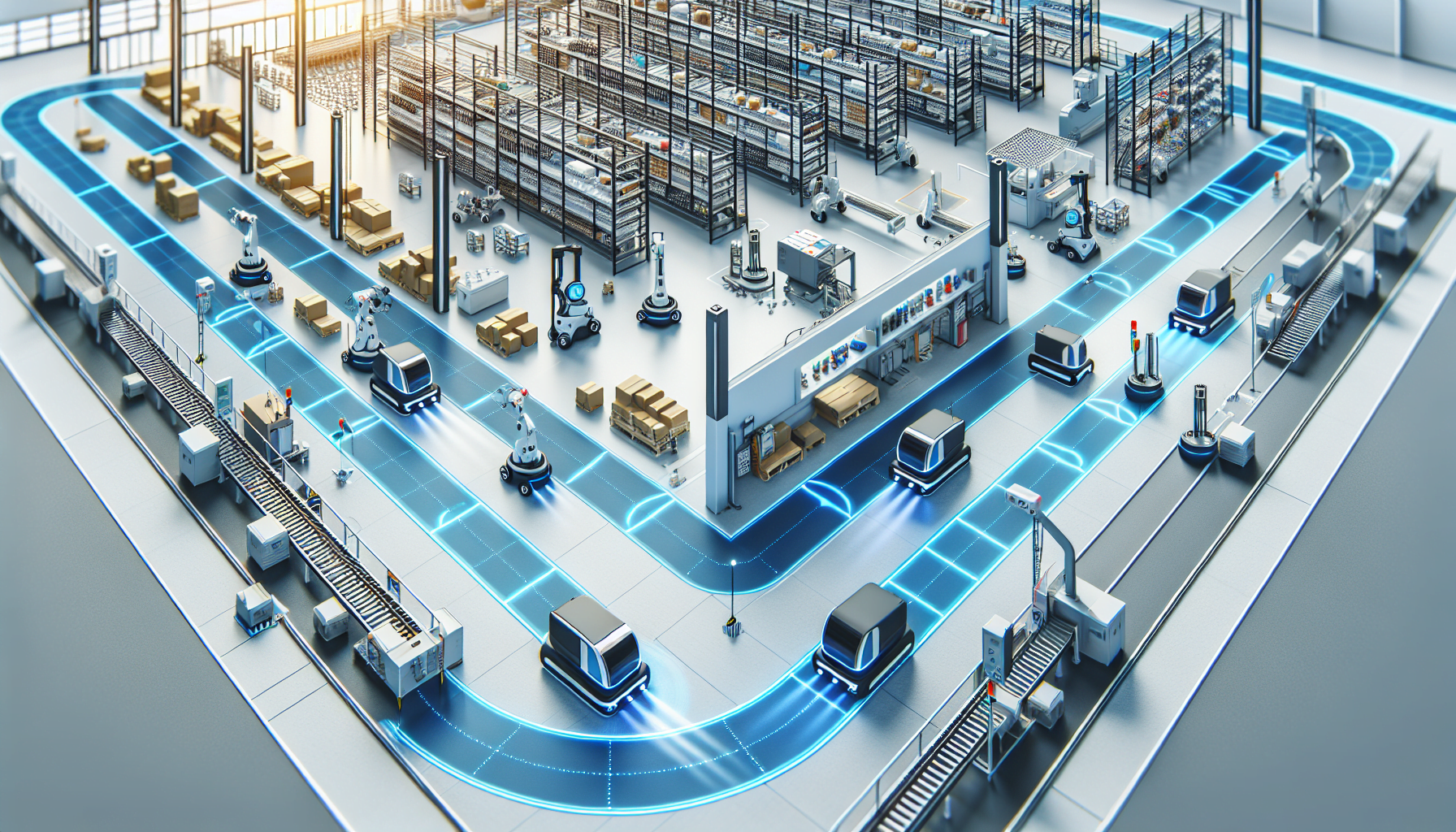Welcome to the world of optimized warehouse operations! In today’s fast-paced and ever-evolving business landscape, companies are constantly seeking ways to improve their efficiency and productivity. One area where significant improvements can be made is in material handling. In this article, we will explore the benefits of Automated Guided Vehicles (AGVs) in material handling and how they can transform your warehouse operations.
What are Automated Guided Vehicles?
Automated Guided Vehicles (AGVs) are robotic vehicles that are programmed to move and transport materials within a warehouse or manufacturing facility without the need for human operators. These vehicles can navigate through the warehouse using various navigation technologies such as laser guidance, magnetic tape, or computer vision. AGVs are equipped with sensors that allow them to detect obstacles, avoid collisions, and adjust their paths accordingly.
AGVs can be used to perform a wide range of material handling tasks, including transporting products from one location to another, picking and placing items on shelves or conveyors, and even loading and unloading trucks. They can be customized and programmed to suit specific warehouse layouts and requirements, making them incredibly versatile.
The Benefits of AGVs in Material Handling
Implementing AGVs in your warehouse operations can provide numerous benefits, positively impacting safety, productivity, efficiency, and cost-effectiveness. Let’s explore some of these benefits:
1. Improved Safety
Safety is a top priority in any warehouse environment. With AGVs, you can significantly reduce the risk of accidents and injuries. AGVs are equipped with advanced safety features, including sensors that detect obstacles and humans in their path, enabling them to slow down or stop to avoid collisions. With the elimination of human-operated forklifts and other material handling equipment, the chance of accidents due to human error is greatly reduced.
2. Increased Productivity
AGVs can work tirelessly without breaks, shift changes, or downtime, resulting in increased productivity. They can operate 24/7, allowing for continuous material handling operations. AGVs are also capable of faster and more precise movements than human operators. They can navigate through the warehouse efficiently, taking optimized routes to maximize the number of tasks they can perform in a given time frame. By automating routine material handling tasks, AGVs free up human workers to focus on more value-added activities, further boosting overall productivity.
3. Enhanced Efficiency
The implementation of AGVs in your warehouse can lead to enhanced operational efficiency. AGVs can be programmed to prioritize certain tasks based on their urgency or importance. They can automatically optimize routes to minimize travel time and reduce congestion. AGVs can also communicate with other systems in the warehouse, such as warehouse management systems (WMS), to streamline operations. This integration allows for real-time data exchange, enabling efficient communication and coordination between different parts of the warehouse.
4. Cost Savings
While the initial investment in AGVs may seem significant, they can provide long-term cost savings. AGVs eliminate the need for manual labor to perform material handling tasks, reducing labor costs. They can also minimize product damage and inventory loss caused by human error or accidents. Additionally, AGVs require less maintenance compared to traditional material handling equipment, resulting in reduced maintenance costs over time. With increased productivity and efficiency, you can handle larger volumes with the same or fewer resources, leading to overall cost savings.
AGVs are revolutionizing the material handling industry, offering a wide range of benefits. It’s no wonder that more and more companies are embracing this technology to optimize their warehouse operations. If you want to explore how AGVs can transform your material handling processes, HCO Innovations is here to help. With our expertise in warehouse optimization solutions, we can assist you in implementing AGVs and other innovative technologies to enhance safety, productivity, efficiency, and cost-effectiveness within your warehouse operations. Contact us today to learn more!

